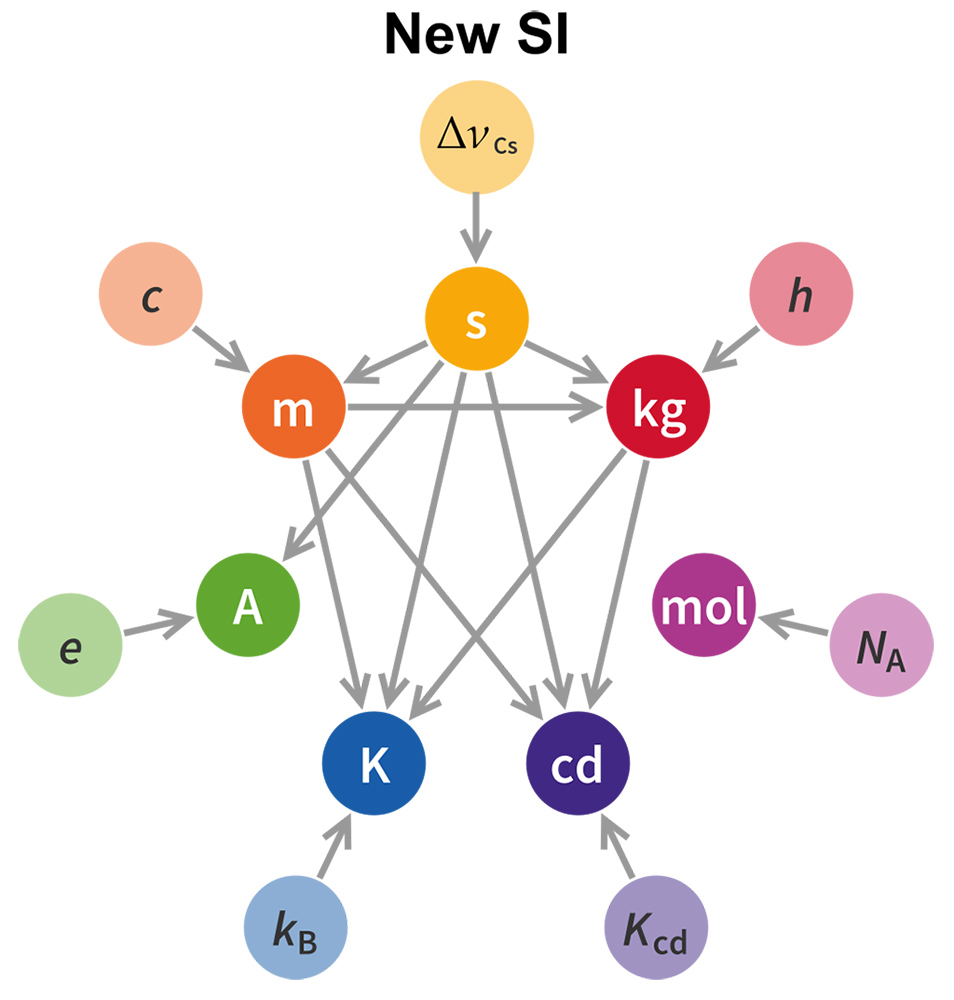FACES OF A*STAR
REDEFINING THE KILOGRAM: 3 IMPORTANT FAQS
Redefining the kilogram: 3 important faqs
There will be a landmark revision of the International System of Units (the SI) – including the kg – from 20 May 2019.
Mr Wu Jian from A*STAR’s National Metrology Centre (NMC) weighs in – pun intended – on why the world needed to redefine the kilogram.
Q: How was the kilogram defined before?
Mr Wu Jian: The definition for the kilogram has been dependent on the International Prototype Kilogram (IPK or Le Grand K)- a metallic chunk kept at the Bureau International des Poids et Mesures (BIPM) in France- since 1889.
Various copies of Le Grand K are kept in many countries as the primary (most accurate) reference value for mass and related quantity measurements. Singapore’s National Prototype Kilogram (serial number 83) has been kept at A*STAR’s NMC for close to two decades.

National Prototype Kilogram- No. 83- A*STAR’s NMC
Q: Why is the kilogram being redefined?
Mr Wu Jian: Scientists found that many National Prototypes of the kilogram have started to deviate in comparison to Le Grand K. Scientists are not able to confirm if it is because of drifts in the National Prototypes of the kilogram or the changing of Le Grand K. This could be due to environmental factors or changes at the molecular level.
With today’s rapid advancement in science- the demand for highly accurate measurement remains more critical than ever. For example- accurate measurements of small mass quantity may be required in medical technology like lab-on-a-chip devices and implantable drug delivery devices.
Even a measurement deviation of 50 microgrammes (the weight of an eyelash) may become significant in these high precision applications.
The stability of Le Grand K is crucial to not just mass but other related measurements such as pressure- force and flow measurement as these rely on the accurate mass values to drive the primary reference values.
Hence- there has been a concerted effort by scientists throughout the decades to move away from pegging SI units to physical artefacts- and to define them in terms of physical constants.
The fundamental physical constant values will help to eradicate uncertainty- and mass measurement is expected to become much more reliable in the long run.
There are seven SI base units- of which the metre- second- and candela have been already defined using physical constants. This World Metrology Day (20 May 2019)- the remaining SI base units (i.e kilogram- the mole- Kelvin- and ampere) will also be redefined by fundamental physical constants.

Source
Q: How will this redefinition for the kilogram affect industries and people’s lives?
Mr Wu Jian: Although Le Grand K’s influence might diminish slowly over time- there is no immediate impact on industries. Realisation work to adapt our national standards to the new definition is already taking place.
With the redefinition- however- there is positive impact in the long-run. With the new definition using physical constants- the SI will be more reliable and can be realised anywhere- anytime and at any scale.
With a more reliable system- we are able to embrace further improvements in measurement science and technology- to meet the needs of future users for many years to come.
As the national metrology lab of Singapore- it is our job to ensure business continuity for our local industries after the SI redefinition.

I’ve been at NMC for 26 years now- and my team is responsible for establishing the primary standards for mass- pressure- vacuum- fluid flow and force – all of which impacts commodities in Singapore such as oil- gas- gold- water- and more.
We have the national responsibility to disseminate the accurate and traceable values of those SI units to our industries though our calibration services.
Was this article helpful?
A*STAR celebrates International Women's Day

From groundbreaking discoveries to cutting-edge research, our researchers are empowering the next generation of female science, technology, engineering and mathematics (STEM) leaders.
Get inspired by our #WomeninSTEM
